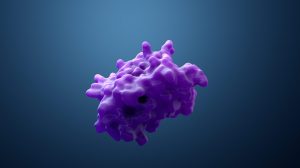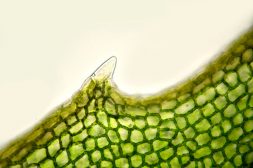Definition
noun
A type of lysosomal storage disease that is often caused by a deficiency in multiple sulfatase enzymes, or in formylglycine-generating enzyme, resulting in the accumulation of lipids and mucopolysaccharides inside the lysosomes
Supplement
Lysosomal storage disease is a collective term for the various metabolic disorders due to defects in lysosomal function resulting in an abnormal accumulation of toxic materials in the cell. One of them is Austin disease (also known as multiple sulfatase deficiency).
Austin disease is one of the many forms of lysosomal storage disease caused by a defective gene involved in the production of sulfatase enzymes. In humans, the SUMF1 gene codes for the formylglycine generating enzyme (FGE). A pathologic mutation in SUMF1 gene results in the deficiency of the FGE. This enzyme is important in activating sulfatases. The sulfatases are lysosomal enzymes that break down complex sulphate-containing carbohydrates from lipids and mucopolysaccharides in the lysosomes. Without a functional FGE, lipids and mucopolysaccharides accumulate within the lysosome. This, in turn, results in symptoms manifested in Austin disease. The common symptoms include ichthyosis, hepatosplenomegaly, abnormality in peripheral nerve conduction, developmental regression, mental deficiency, mucopolysacchariduria, low muscle tone, neurologic deterioration, and visual impairment.
Austin disease is inherited in an autosomal recessive pattern. This means that the individual manifesting the symptoms of Austin disease has two copies of the defective gene.
Synonym(s):
- mucosulfatidosis
- multiple sulfatase deficiency
See also:







